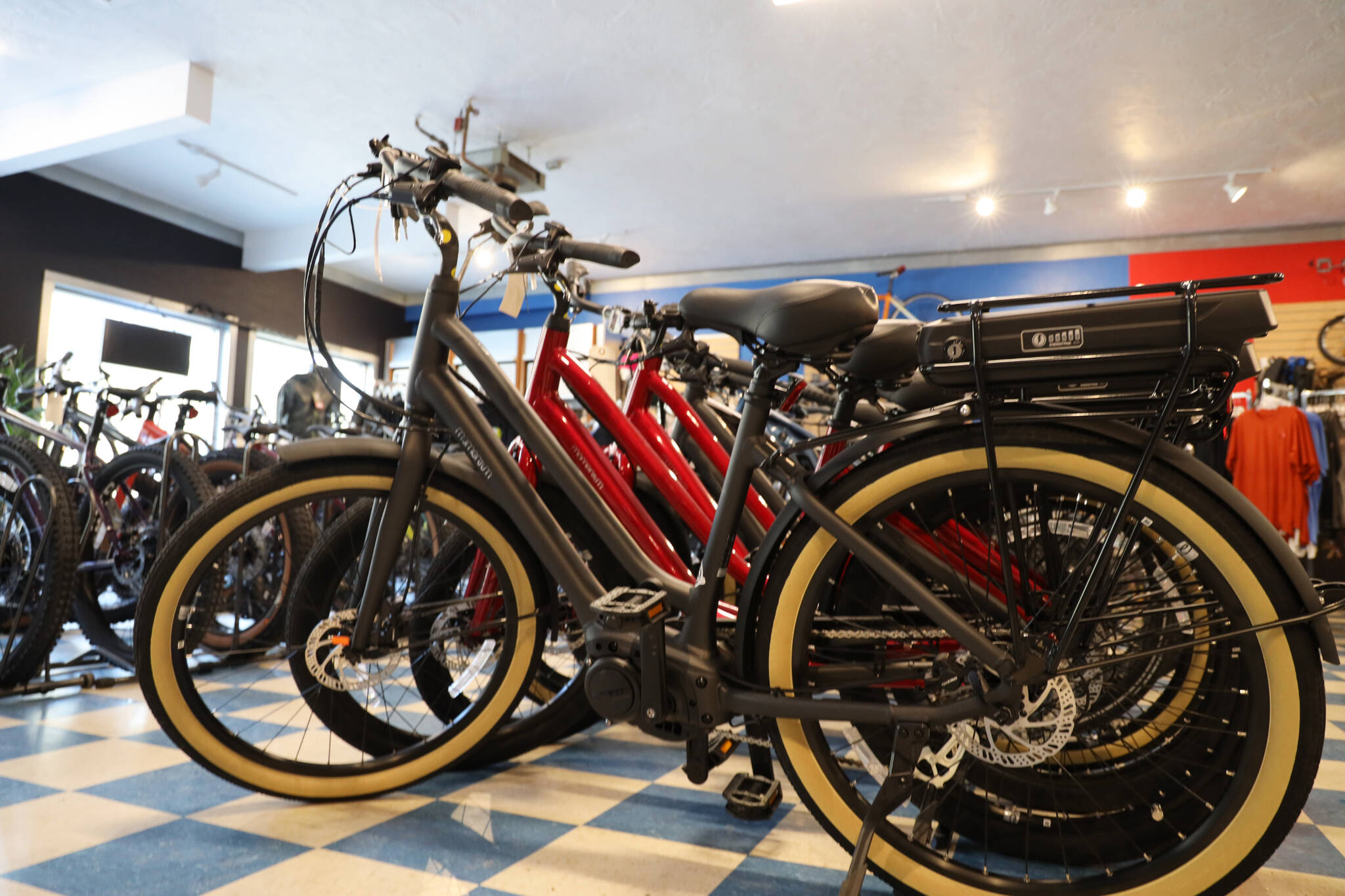What’s the difference between an electric-assisted bicycle and a regular bicycle?
Soon it could be nothing in terms of how the two are defined in Alaska state code after the Senate passed a bill to regulate e-bikes under the same decree as normal bicycles.
House Bill 8, sponsored by Rep. Ashley Carrick, a Fairbanks Democrat, was passed by the Senate on Monday and will now head to the House for its final approval before heading to Gov. Mike Dunleavy.
The House initially passed the bill in late April. It passed the Senate 18-1, with Sen. Mike Shower, a Wasilla Republican, voting against it.
The bill seeks to revise state code to allow for any e-bikes that are of the generally recognized three-tier classifications of e-bikes to ride anywhere a regular bike would be allowed, such as roads, bike lanes and multi-use trails.
If adopted, Alaska will become the 40th state to pass similar legislation classifying e-bikes in state statute as currently, Alaska is just one of four states that have no reference to e-bikes at all.
The bills would also separate e-bikes that generate less than 750 watts of power from motor vehicles — such as motorcycles and motor scooters — meaning they would be waived from being required to register their e-bike with the Division of Motor Vehicles.
Sen. Scott Kawasaki, a Fairbanks Democrat, spoke before the Senate on Monday in support of the bill’s passing. He said it will provide clarity to retailers in Alaska about bicycle laws and how to classify e-bikes according to the updated state statute. Kawasaki is the sponsor of a companion bill to HB8.
“It’s an exciting form of recreation and transportation that Alaskans have taken to and enjoy for the ease of use and freedom of mobility,” he said. “These bikes allow older Alaskans and people with disabilities to have the greater ability to use a bike.”
• Contact reporter Clarise Larson at clarise.larson@juneauempire.com or (651)-528-1807.

